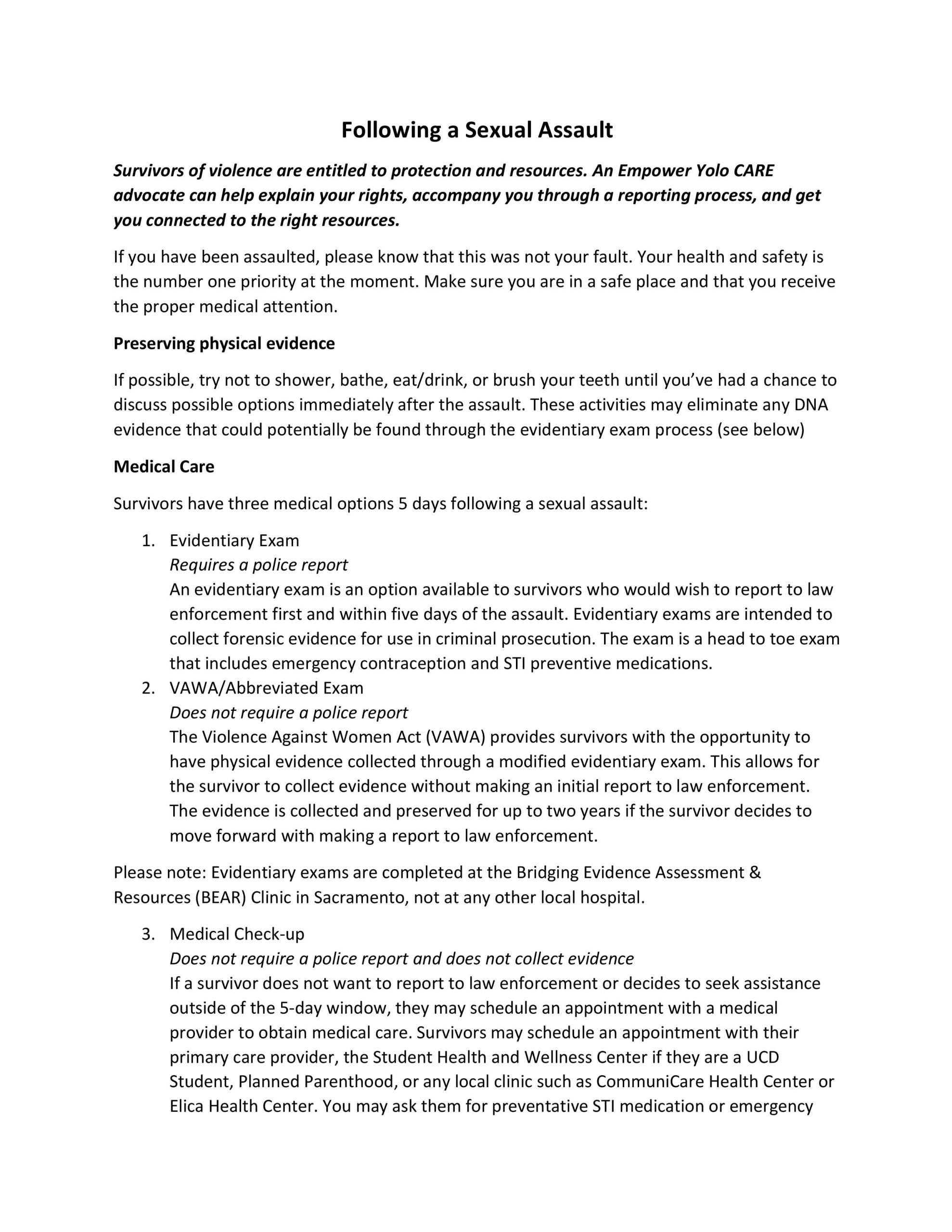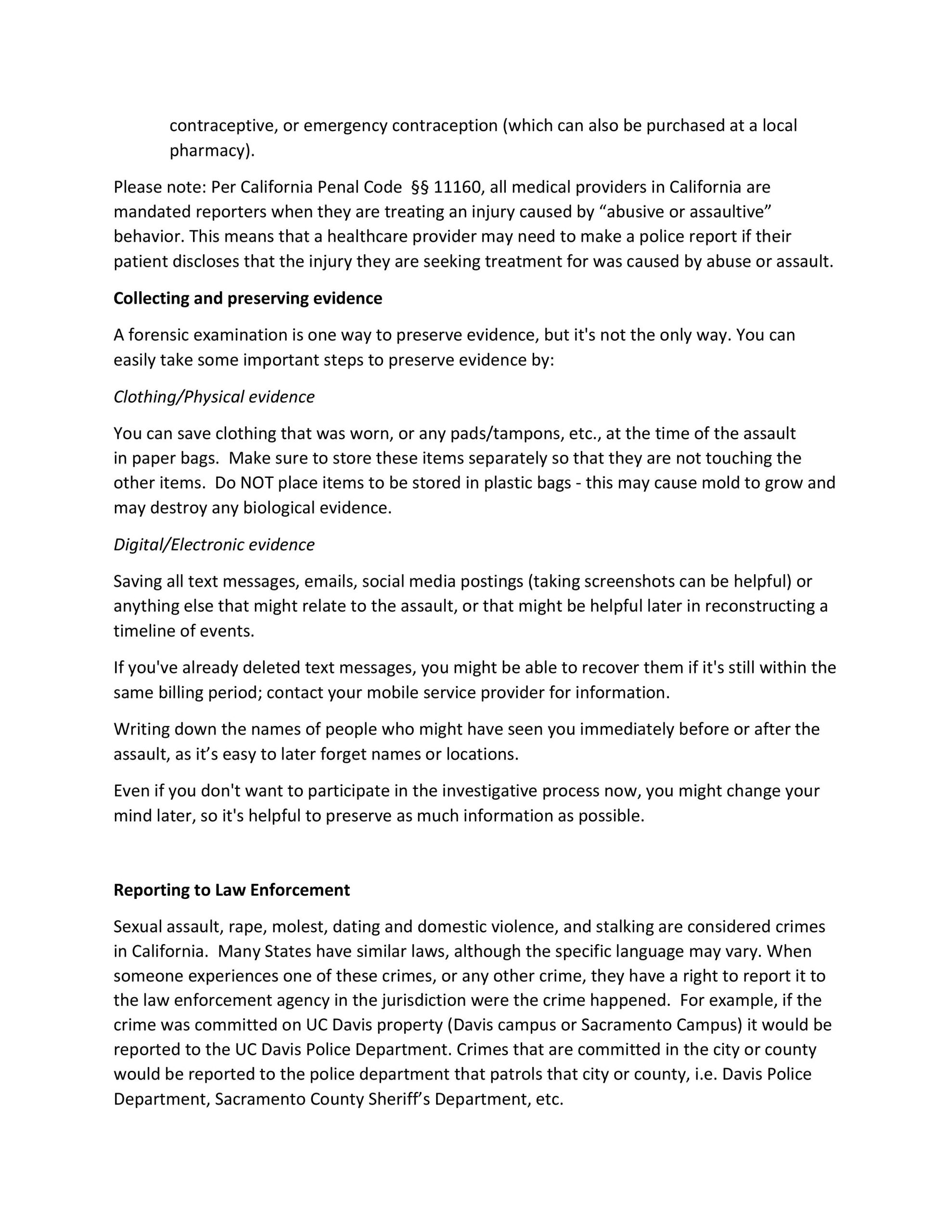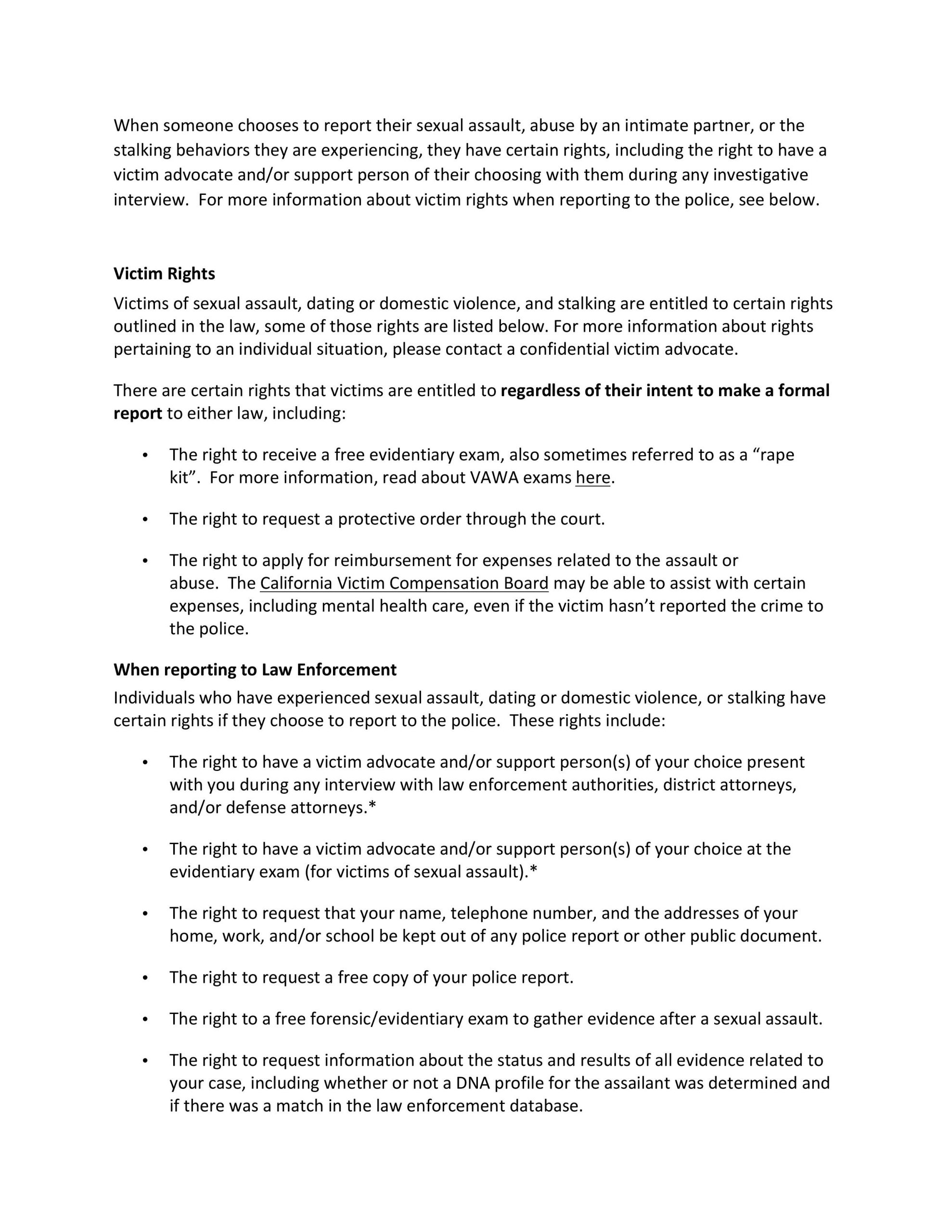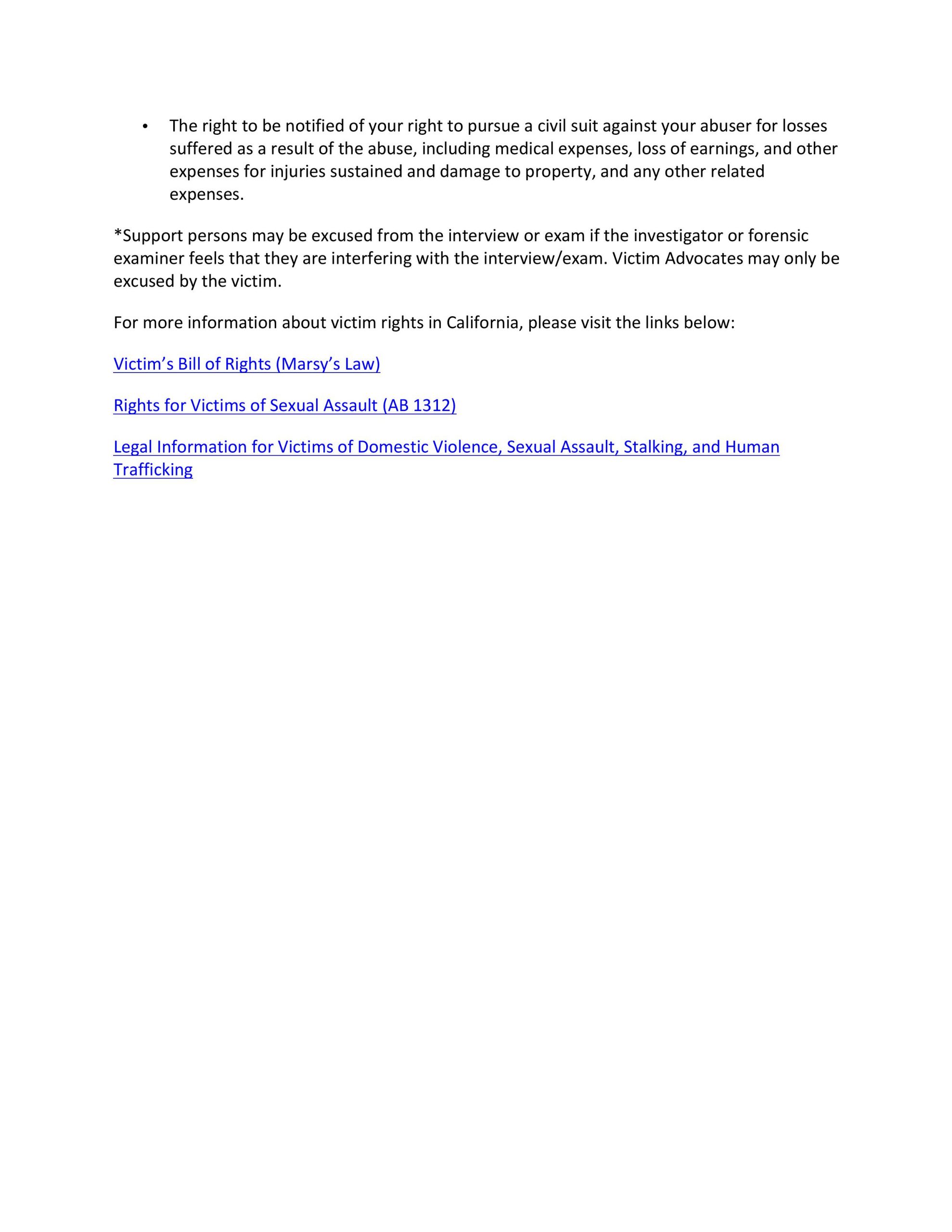About Sexual Assault
24/7 Crisis Lines
530-662-1133 / 916-371-1907
Empower Yolo Main Line
530-661-6336
Help is only a phone call away...
What is Sexual Assault?
Sexual assault is any unwanted sexual contact that is not freely chosen by the recipient. The motivation for sexual assault is usually the desire to control or dominate another human being. It is an act of violence in which sex is used as a weapon.
Sexual assault is never the victim’s fault – regardless of whether or not she/he fought back.
Who’s at Risk?
Everyone is at risk. Sexual assault crosses all age, economic, cultural, gender, sexual, racial, and social lines.
Misconceptions and Realities about Sexual Assault
Misconception: Rape is just a sexual act, it’s no big deal.
Reality: Rape is a violent crime committed in a sexual manner. It is the sexual release of anger or control or power to inflict violence and humiliation on the victim. Whether or not there is physical force, without consent, it is rape.
Misconception: Rape happens only to certain types of women.
Reality: ANY woman of any age, race, class, religion, sexual orientation, occupation, education, or physical description may be a victim of rape. 91% of rape victims who have reported the crime are female.
Misconception: Most rapes are committed as a spur of the moment act by a stranger in a dark alley.
Reality: Approximately 80% of rapes are committed by someone the victim knows – a friend or acquaintance. 99% of the time the perpetrator is a male.
Misconception: Rape is provoked by the victim; women who are raped ask for it.
Reality: This myth takes away the criminal blame from the rapist and shifts the responsibility for the crime to the victim. No woman’s behavior or dress gives a man the right to rape her.
Misconception: A rapist is easy to spot in a crowd.
Reality: There is nothing about the appearance of a rapist that distinguishes him from other men. The average rapist is a 23-30 year old, heterosexual, Caucasian male who is sexually active with a partner. The majority of rapes, more than 9 out of 10, involve persons of the same race or culture.
Misconception: Women frequently cry “rape.” There is high rate of false reporting.
Reality: Studies show that only 2-4% of rape reports are false. Falsely reporting a rape is a felony.
Can Sexual Assault be Prevented?
The best way to prevent and eliminate sexual assault altogether is to stop the perpetration. Until that happens, there are certain measures you can take to reduce your chances of becoming sexually assaulted.
Self-defense does NOT guarantee that you will not be assaulted. Self-defense gives you options and choices to help you prevent and survive an assault. One of the best tools of self defense is raising awareness about these issues and by discussing misconceptions and reality about sexual assault.
Safety Strategies
- Safety in numbers at all times.
- Know your limits on alcohol and other chemical substances. Don’t leave your drink unattended or accept a drink from an open container. Remember: Alcohol and drugs interfere with your ability to assess situations and to communicate effectively.
- Set and enforce sexual boundaries using effective communication skills. When you say “no,” use a strong tone of voice and back it up with clear body language.
- Trust and act on your instincts. If you get a bad feeling about a situation, it is probably for a good reason. Do not worry about what other people think. Trust your instinct and get out of the situation as soon as you feel uncomfortable.
- Be aware of your environment at all times.
- Be cautious when you use the Internet: Never give out personal information, such as your name, address, school, or phone number to people you don’t know.
- Create a plan with your friends on how you are going to get home safely and keep track of each other while you are out.
- Learn empowerment and self-defense skills.
Statistics
- 1 in 5 women and 1 in 71 men will experience sexual assault in their lifetime. Further, 80% of female victims of rape experienced their first rape before the age of 25 and almost half experience their first rape before age 18, (Centers for Disease Control and Prevention (CDC) National Intimate Partner and Sexual Violence Survey. 2010).
- Approximately 80% of rapes are committed by someone the victim knows – a friend, acquaintance, family member, or even intimate partner, (U.S. Department of Justice, Bureau of Statistics 1997 Sex Offenses and Offenders Study. 1997).
- 9 out of 10 rape victims are female, (U.S. Department of Justice. 2003 National Crime Victimization Survey. 2003).
For more facts on sexual violence, view the Center for Disease Control’s Sexual Violence fact sheet.
Additional Resources
UCD Center for Advocacy, Resource, & Education (CARE) – https://care.ucdavis.edu/
California Coalition Against Sexual Assault (CALCASA) – CALCASA.org
Rape, Abuse, and Incest National Network (RAINN) – RAINN.org
National Sexual Violence Resource Center (NSVRC) – NSVRC.org
No More – NoMore.org
Start By Believing – startbybelieving.org
Darkness to Light, End Child Sexual Abuse – http://www.d2l.org/
Following a Sexual Assault: See attachment or information below.




